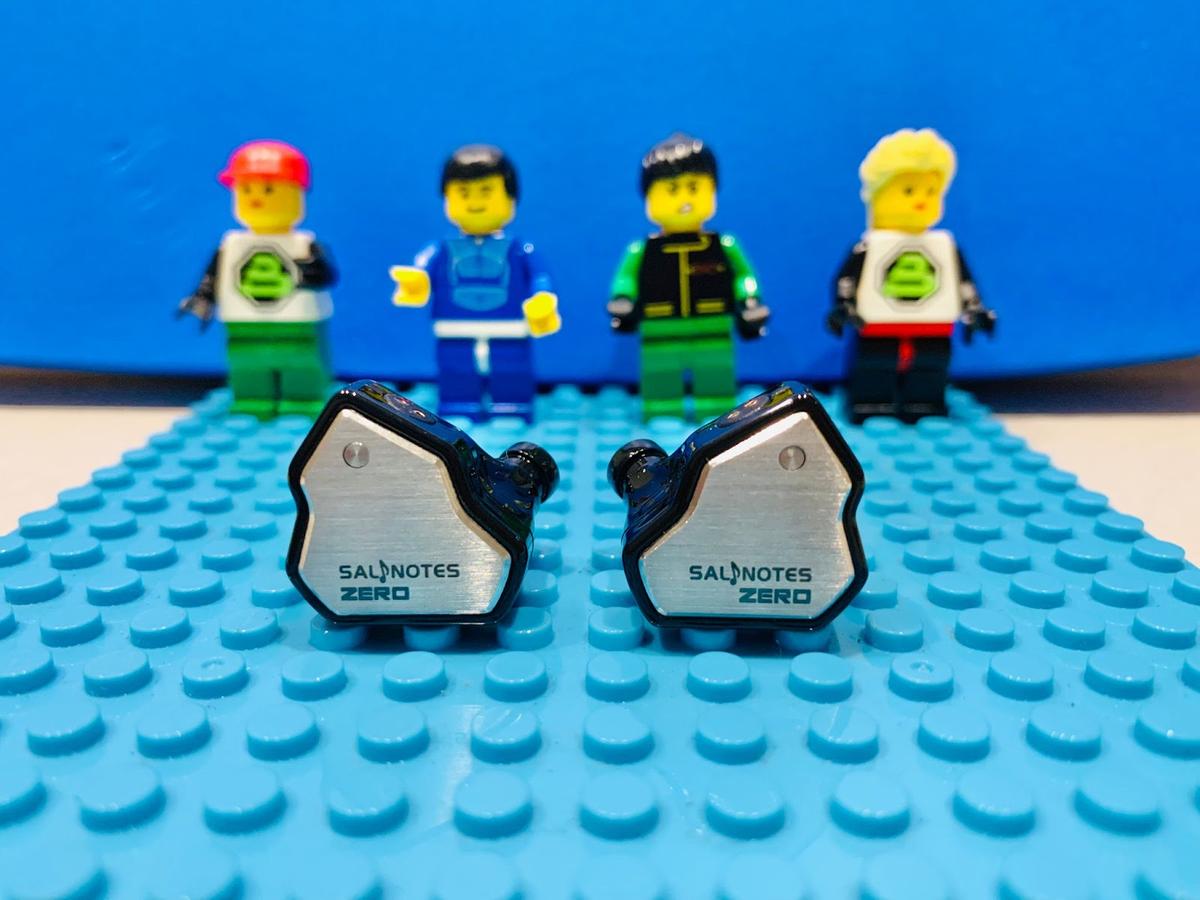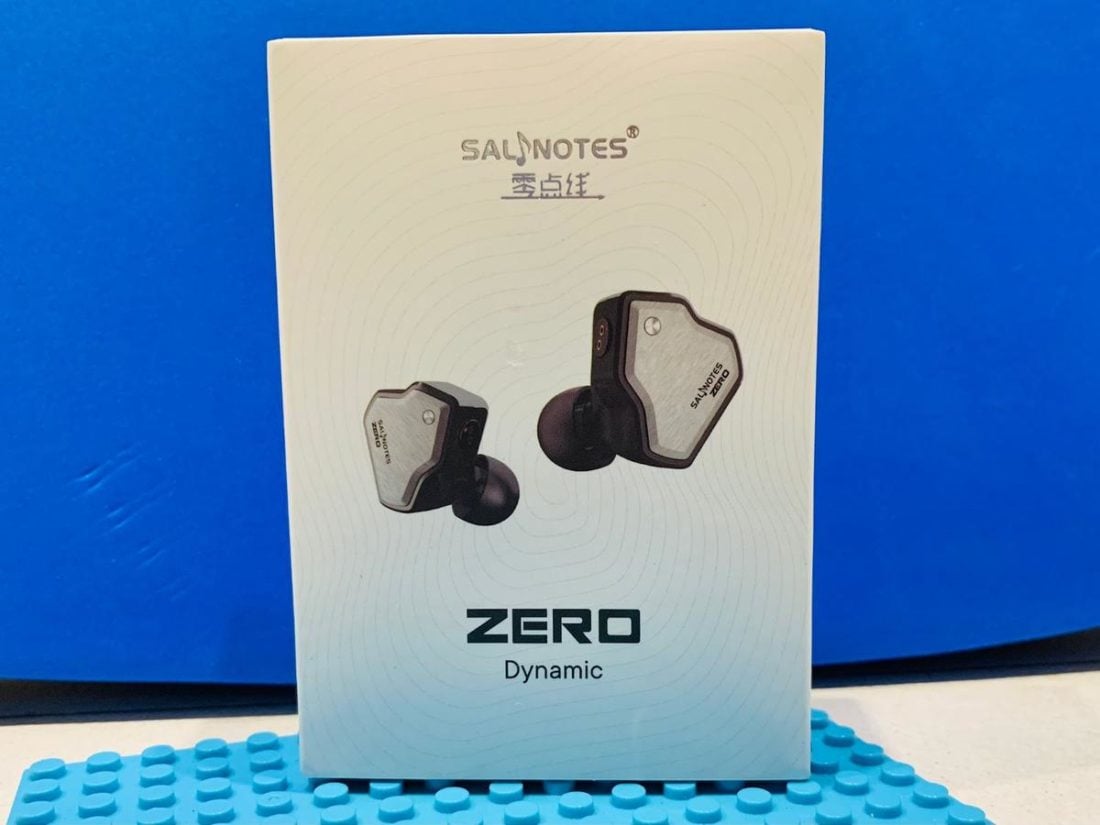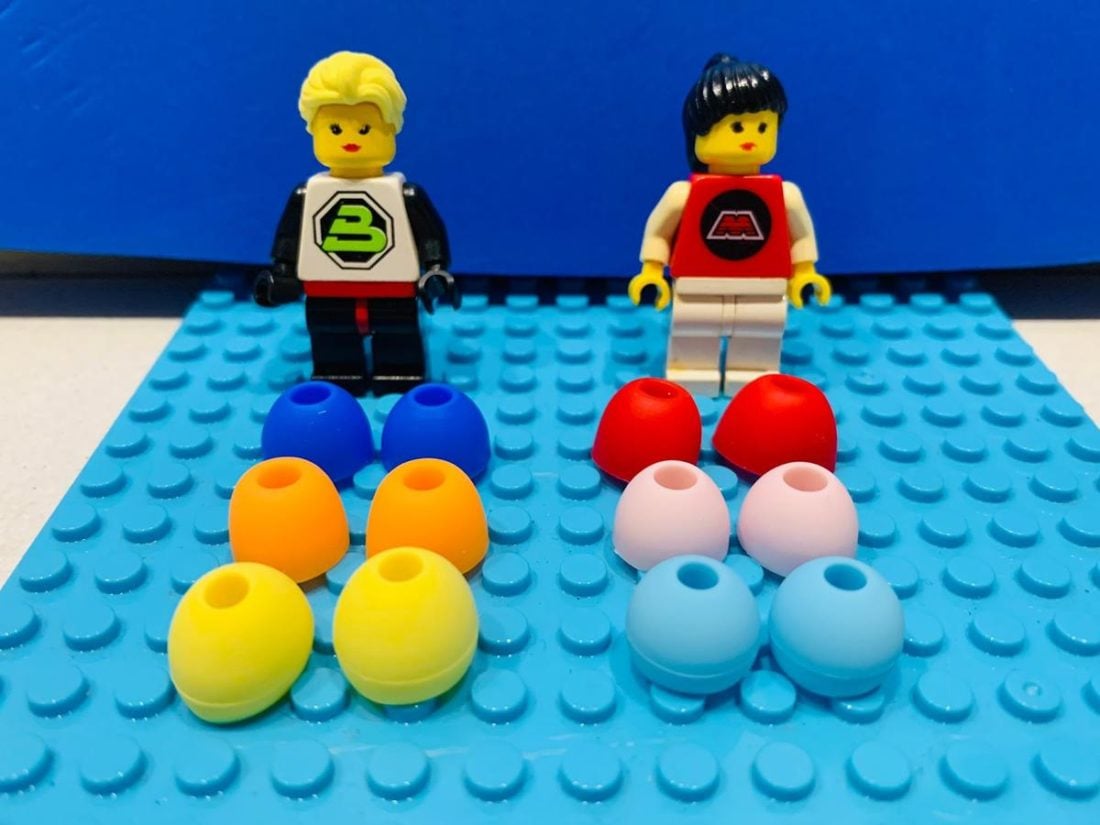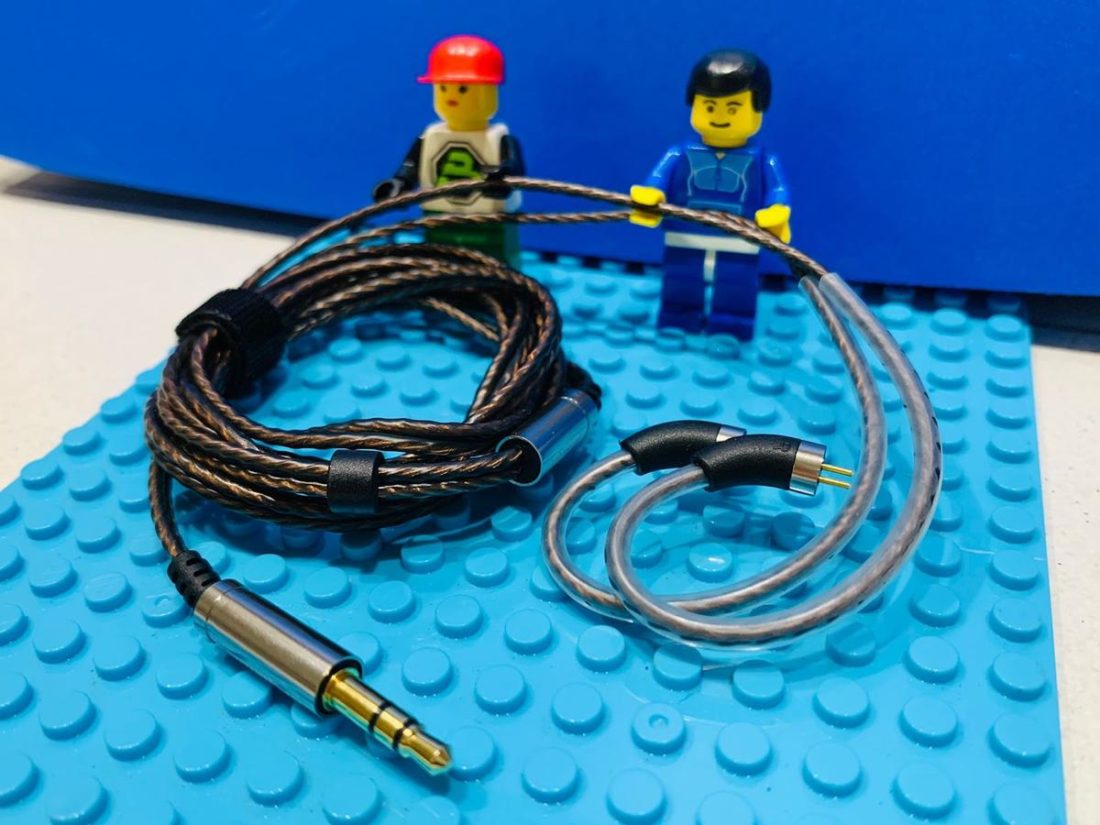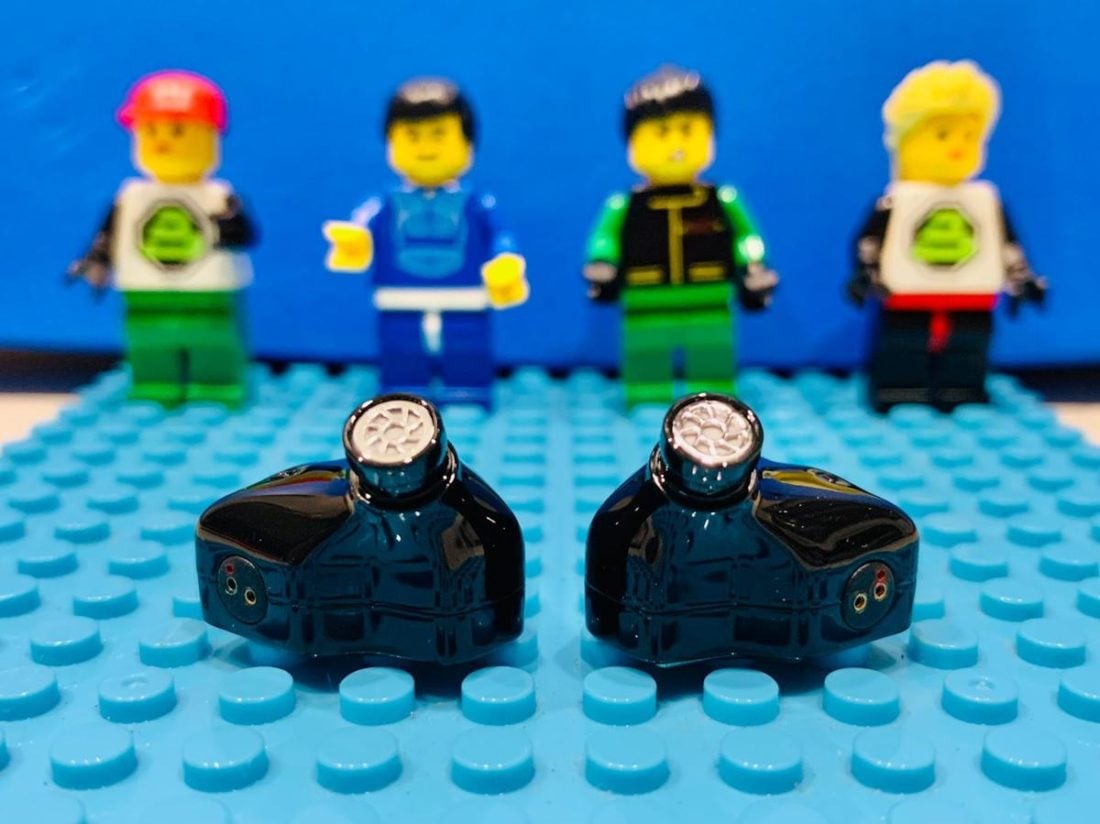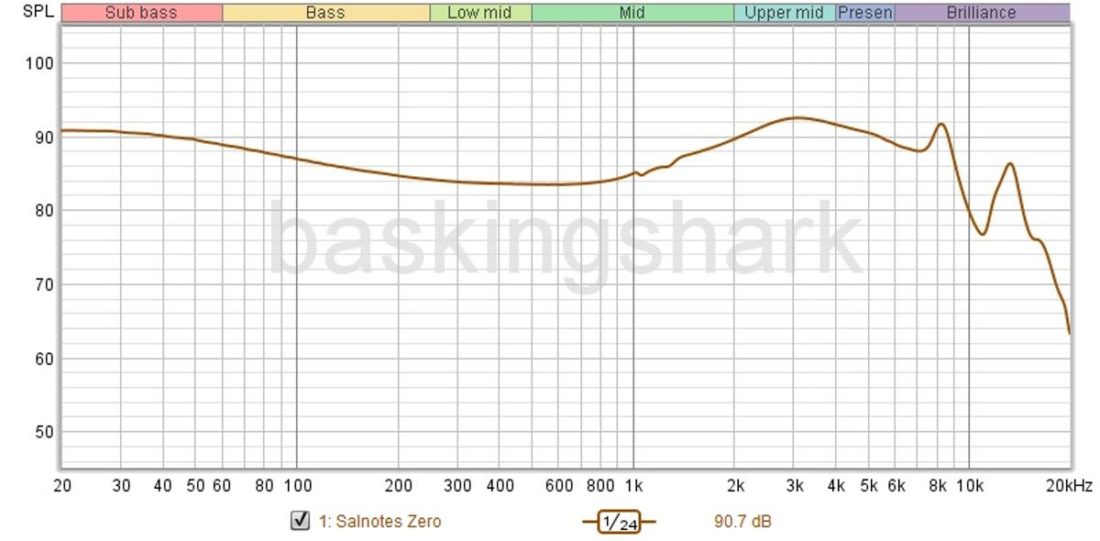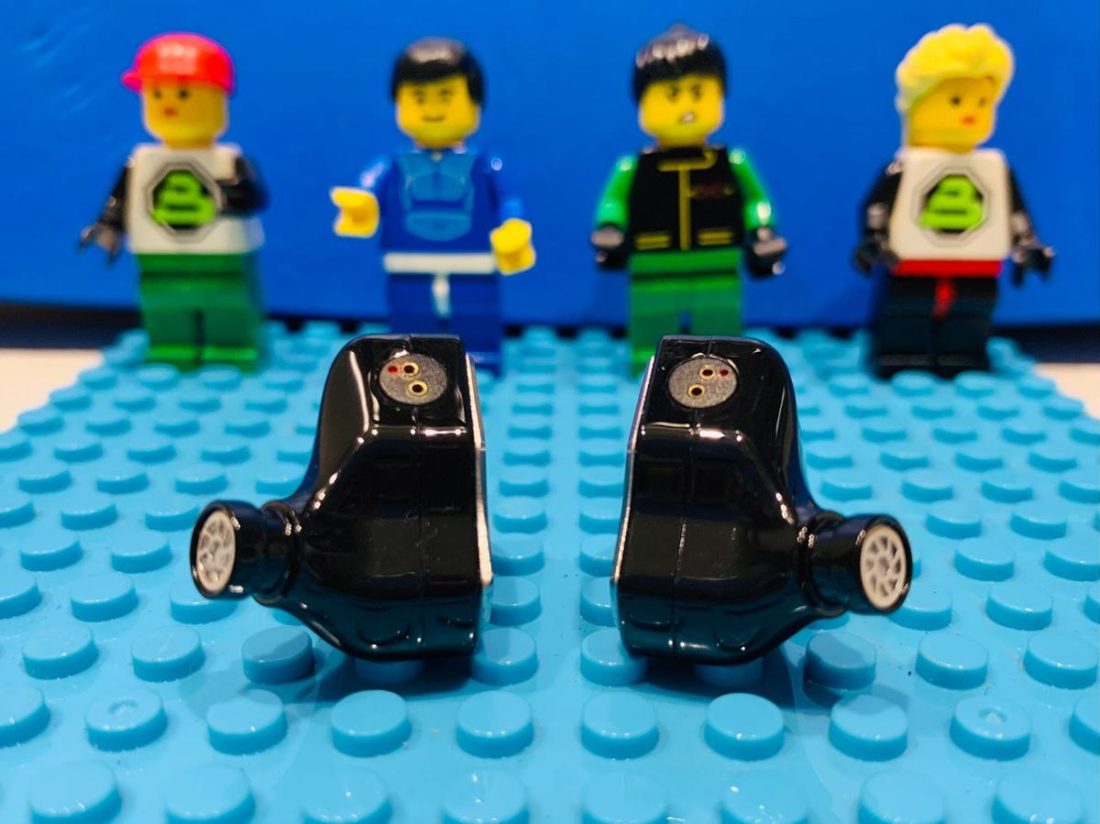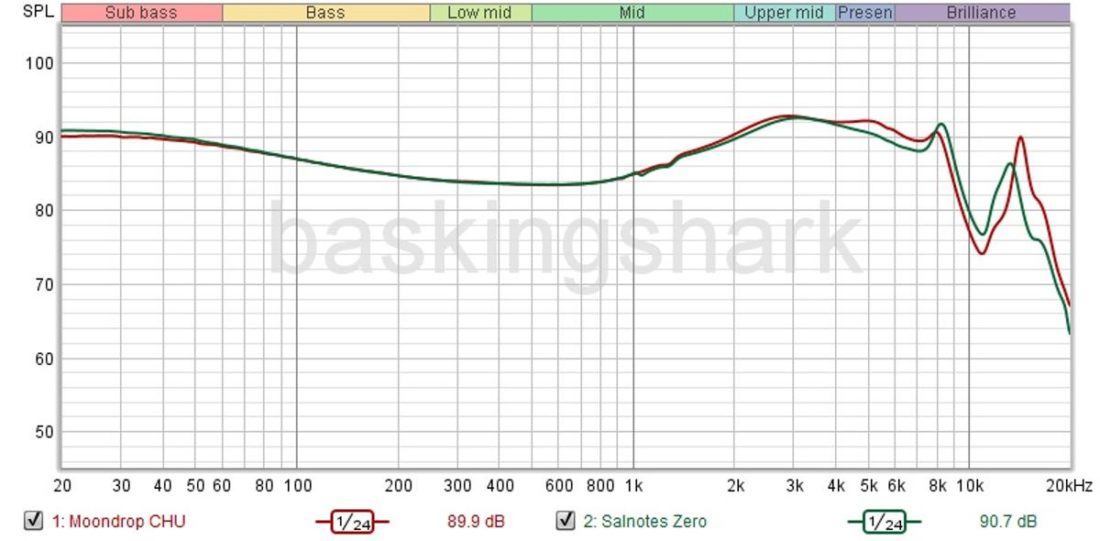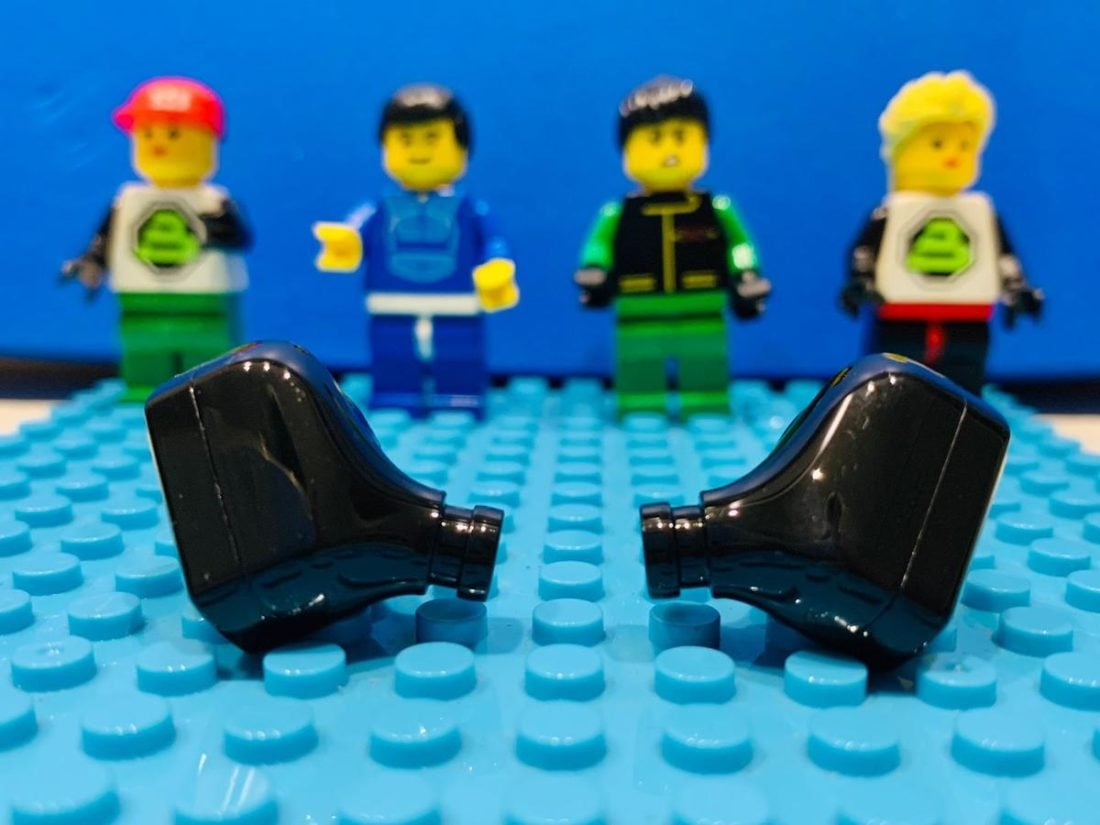There is a smorgasbord of budget CHI-FI IEMs named “Zero”. Storied brands such as BGVP, Tanchjim, and Truthear all have budget IEMs christened “Zero.” Thankfully, not all are ranked ZERO in reviewer scores, with some having quite decent levels of acclaim, despite their namesake. Anyway, why the name “Zero”? Apparently, 7Hz named this pair Zero, as they envisioned a vast eternity without boundaries and did not want to be confined by the limits of human imagination.
Company Overview
7Hz (and their sub-brand Salnotes) was formed in 2018. The 7Hz name is eponymous to the Theta Wave, a frequency that is linked to meditation and harmony. This ideal is always at the forefront for their tuning; the aim of their products is to project one into audio nirvana, as per the company slogan. In fact, we have to thank 7Hz for starting the ball rolling for the current craze for IEM planars with the introduction of the Timeless. 7Hz then followed up with the acclaimed Dioko, which are a collaboration with famed reviewer Crinacle. Some of their other notable IEMs include the Eternal, i77, i88, and the i99. 7Hz also recently entered the dongle DAC/amp game with the 71 Mobile DAC.
Technical Specifications
Form: IEMs Drivers: 1 x 10 mm dynamic driver, metal composite diaphragm Impedance (Ohm): 32 Ω Sensitivity (dB): 108 dB/V Frequency Response (Hz): 10 Hz – 20 kHz Removable Cable: Y Cable: 4-core high-purity oxygen-free copper cable Source Plug: 3.5 mm Cup/Shell Plug: 0.78 mm 2-pin
Packaging
In the box
7Hz Salnotes Zero IEM 6 silicone ear tips (S, M, L) Cable
Well, considering the Zero cost less than many restaurant meals, we can’t complain too much about the spread of accessories provided. Three pairs of ear tips come with a taller and narrower bore, whereas the other three come with a shorter and wider bore. The former give more bass with a compressed soundstage, while the latter provide less bass but give a slightly bigger soundstage.
Cable
Said cable is a 4-core high-purity oxygen-free copper wire, which 7Hz claims is designed to give maximum signal transmission. It is thin and tangly, but thankfully there are no microphonics, and the cable is quite serviceable in my book.
Design
The Zero feature a plastic chassis with an overlying stainless-steel faceplate. One can choose from a black, white, or blue shell during ordering. Isolation on the Zero is above average and quite decent, considering they are vented.
Comfort
The shells are relatively light, though I experience slight discomfort with prolonged usage. The Zero’s squarish shells have some prominent angled edges. I did not find driver flex on my pair, but this may depend on the ear tips used and your ear anatomy.
Internals
The Zero utilize a 10mm dynamic driver with a metal composite diaphragm. Inside is an N52 magnet. Considering most budget CHI-FI try to up the gamesmanship (and hopefully trample the competition) by quoting beryllium, planar or other exotic materials or designs, it is quite a breath of fresh air that the Zero do not resort to claiming uranium or pixie dust drivers in their marketing!
7Hz Salnotes Zero Sound
As per their namesake, the Zero have zero fat to the soundscape. They are lean-sounding with a thin note weight and veer towards a sterile and analytical tuning. The Zero are also quite boosted in the treble, and they can exhibit sibilance and fatigue, especially for treble-sensitive listeners. Hence, this set pairs better with warmer and analogue-sounding sources rather than something analytical or bright.
Bass
The Zero are sub-bass focused. They can sound flat when used for bass-forward music (eg, EDM, hip hop). The bass quantity is neutral, and this set won’t please bassheads for sure. Bass is clean, tight, and fast, with zero mid-bass bleed (pun intended). Texturing is decent, and the Zero handles complex and rapid bass movements with aplomb. The Zero did very well with my go-to bass test track, Sting’s Englishman In New York. I use this track for the evaluation of bass quality, and most other budget competitors cannot keep up with the bass movements, with the bass-lines smearing into a nebulous blob.
Midrange
The midrange of the Zero is tuned to be very transparent and clear, with no intrusive bass encroachment into this area. With a 7dB pinna gain, the upper midrange is just slightly boosted and is relatively smooth and non-fatiguing. Vocals are forwards without sounding shouty or shrill. The high clarity showcases vocals very well, and mid-lovers will have a field day with the Zero.
Treble
The Zero’s treble extends moderately well, with some sparkle and air. Unfortunately, the dreaded ‘S’ word – sibilance – rears its ugly head, and the upper treble can be fatiguing and harsh, especially for our treble-sensitive brethren. This frequency band is a mixed bag and will be a love-it or hate-it affair. Having said that, treble perception is very variable and depends on hearing health (and age), volume played at (Fletcher Munson curve), sources, ear tips, etc, so it is a YMMV situation. Thankfully, aftermarket foam tips or silicone tips (eg, Final Audio E black tips) can tame the treble spiciness. Albeit, for a USD$20 IEM, I’m not sure if some folks are willing to spend extra coin to fix this region, as these aftermarket tips may cost nearly ¾ of the Zero’s retail price! Timbral accuracy is excellent and organic, with acoustic instruments and vocals reproduced well. Technicalities are nothing to write home about, but considering the asking price of the Zero, I can’t really nitpick too much for this department. The soundstage is bang average in all three directions. Imaging, micro-details, and instrument separation are fuzzy at times, though clarity is exemplary, partially aided by the neutral bright tonality and lean note weight.
Comparisons
The Zero will be compared against other ultra-budget single DD types. The Zero actually do well in technicalities against similarly priced competitors, but against some higher-end single DD sets like the Tripowin Olina or the DUNU Titan S, the Zero are noticeably weaker in this area. Hybrids and pure BA IEMs were also left out of the comparison as the different transducer types have their own pros and cons.
Vs. Tanchjim Tanya
The Tanya are a warm and bassy set with a bullet-shaped cable-down design. The Tanya are harder to drive and come with a non-detachable cable. The Tanya are polar opposites in tuning, espousing a warm with a thick note weight, with greater bass quanty on display. The treble is much darker on the Tanya, with less air and sparkle, but they are smoother and less fatiguing as such. The Tanya are not as technically proficient as the Zero, with a less tight bass – mid-bass bleed is present – and less micro-details and clarity. The Tanya have a more expansive soundstage, though the imaging is more nebulous.
Vs. Moondrop CHU
Folks must be asking: “Wasn’t the Moondrop Chu just hyped to the moon a few weeks ago?” Well, the Chu have had their fifteen minutes of fame and are now yesterday’s hype train. That’s how fast this industry moves! Jokes aside, tonally, the two are similar, but the Chu are hotter in the lower treble. The Chu have a markedly more nasal and metallic timbre than the Zero, and this is apparent when vocals come out to play. Technically, the Chu are a hair behind, showcasing slightly worse imaging, instrument separation, and soundstage. The Chu come with a non-detachable and very thin cable, which may be a deal-breaker for some. However, the Chu have a waifu anime girl packaging, which may cover a multitude of audio sins for some. At the end of the day, the Zero are slightly more refined than the Chu, in terms of technicalities, timbre, and tonality. Also the Zero utilize a detachable cable, which may increase their longevity.
Vs. BLON BL-03
No budget single DD review would be worth its salt without comparing the venerable BLON BL-03. The BL-03 are Harman-tuned with a mid-bass bump and have a thicker note weight than the Zero, with much bigger bass. Unfortunately, the BL-03’s bass is boomy and very sluggish, with a pronounced mid-bass bleed. The BL-03 are much more analogue-sounding, with inferior technicalities. The BL-03 perhaps have a more expansive soundstage, but the Zero best them in instrument separation, clarity, micro-details, and imaging. Timbre sounds more natural on the BL-03, and they are also smoother and less fatiguing in the treble. Both pairs have detachable cables, but unfortunately, fit is a big bugbear on the BL-03, with the very short nozzles necessitating most consumers to source for aftermarket longer-nozzle ear tips or to perform mods.
Where to Buy
Conclusion
So this brings us to the million-dollar question. Or rather, the Zero dollar question. Is the 7Hz Salnotes Zero hype justified? The build is good, they come with a detachable cable (unlike some competitors), and they boast a unique neutral-bright tuning. Technicalities are okay for the price, and the midrange is quite balanced, with fast and tight bass and good clarity on display. In my book, the Zero dethrone the Moondrop Chu, with improved timbre, tonality, technicalities, and a better build. At the budget segment, some compromises are to be expected and the Zero do have flaws. They are not the best option for treble-sensitive folk or bassheads, and fit may be an issue for some. Soundstage is disappointing, and those who yearn for a thicker note weight with an analogue signature may also need to look elsewhere. However, considering the scant coin asked for a pair of Zeros, these are nitpicks, and it is truly amazing what twenty bucks can get one nowadays in terms of sonic bliss. Verily, it must be emphasized that the Zero are not “giant killers,” as they are not as technically adept as some higher-priced single DD benchmark pairs, such as the Tripowin Olina and DUNU TItan S. This may come across as too harsh and unfair, considering the price differential. Still, some readers will surely ask how far the Zero can soar before they get pegged down. To conclude, if one has more premium IEMs in their inventory, there may not be much value-add to get the Zero. However, the Zero are a great introductory set for those new to the hobby or for those that want to sample a neutral bright tuning that punches above their price point.
